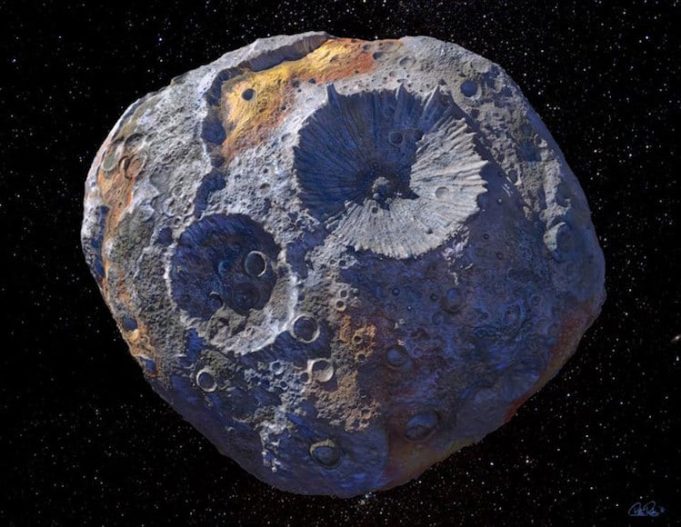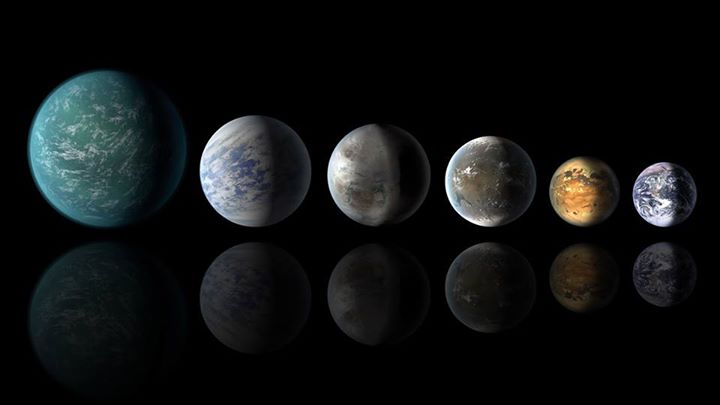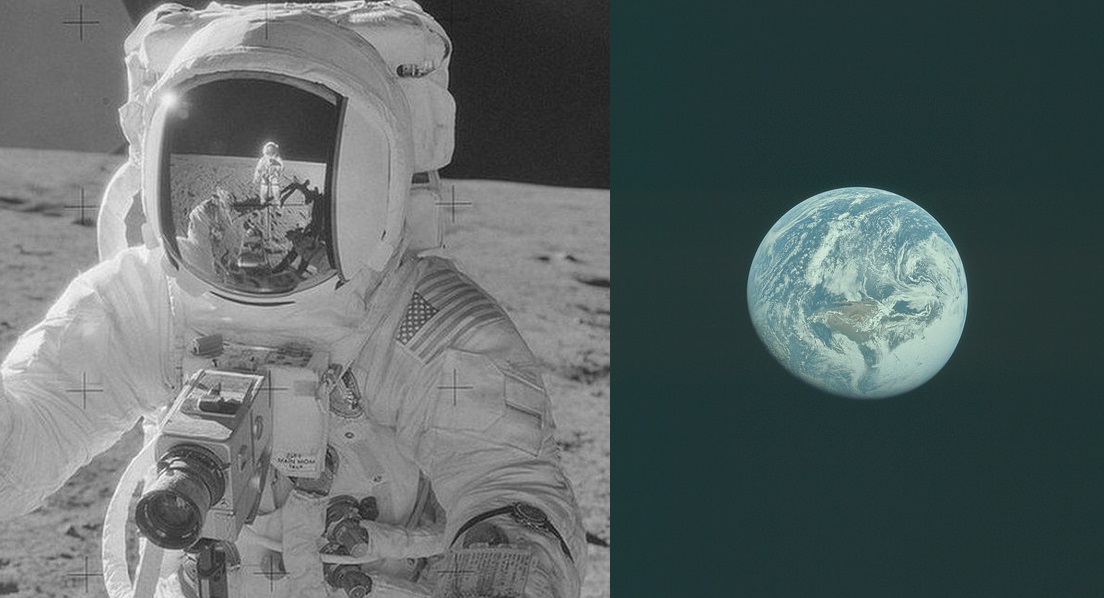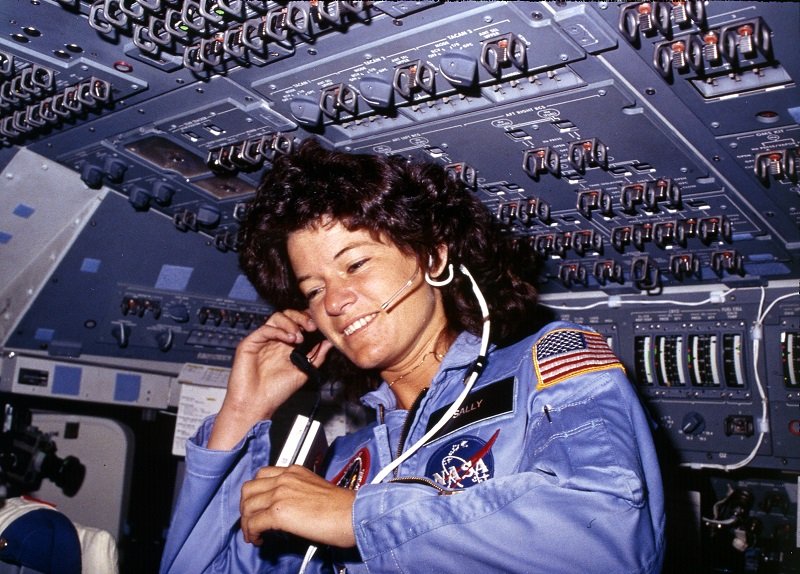16-Psyche an asteroid worth $700 quintilion in precious metals
Whether it was the Big Bang, Midas or God himself, we don’t really need to unlock the mystery of the origins of gold when we’ve already identified an asteroid worth $700 quintillion in precious heavy metals. If anything launches this metals mining space race, it will be this asteroid called Psyche 16, taking up residence between Mars and Jupiter and carrying around enough heavy metals to net every single person on the planet close to a trillion dollars.
NASA released news that they would soon begin their exploration of 16-Psyche. Named after the Greek goddess of the soul Psyche, the asteroid is extremely unique in that, unlike it’s rocky and ice covered cousins floating around in space , it is made almost completely of rare metals; iron being the most prevalent.
According to scientific research, 16-Psyche reached it’s current state after multiple asteroid collision. Overtime, impact with bodies have stripped away all the rock and glaciers from the asteroid to reveal it’s metal-rich core.
Not only does 16-Psyche have an abundance of iron which, in estimates, would amount to at least $10.000 quadrillion. Several other precious metals have also been observed on it’s surface such as nickel, gold, copper and iridium.
According to Dr Lindy Elkins- Tarton the lead scientist on the 16-Psyche Mission, the asteroid is a very strange object. She also estimates that if the 200-kilometre wide space rock were to be transported back to earth, it would drastically dwarf our international economy of mere $73.7 trillion and would collapse the world economy with it’s calculated value of $700 Quintillion.
However, NASA and Dr. Elkins-Tarton have made it clear that the 16-Psyche mission is purely for study and exploration and not extraction. To add to that, even if NASA were planning to bring 16-Psyche to earth, no such technology currently exists that would allow us to pull and ateroid in, kind of like towing a vehicle, and bring it into our atmosphere.
If the 16-Psyche mission becomes successful, this will improve our understaning of planetary cores by providing a chance to explore a world made out of metal istead of rock or ice.Currently, the mission is set to launch in August 2022 and would arrive at the asteroid in early 2026, following a Mars gravity assist in 2023.









